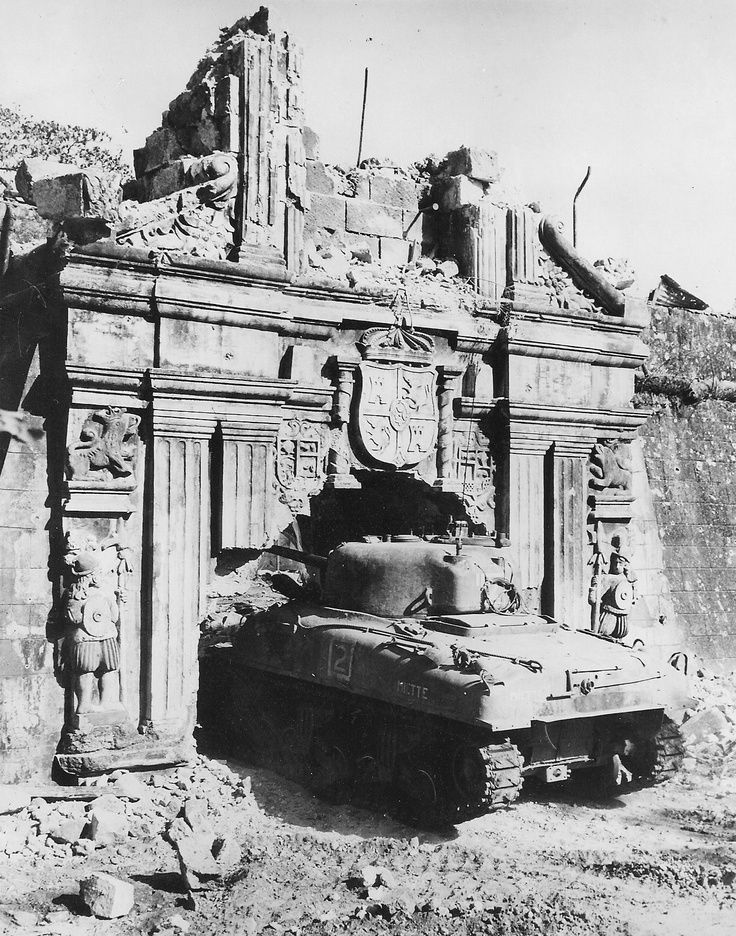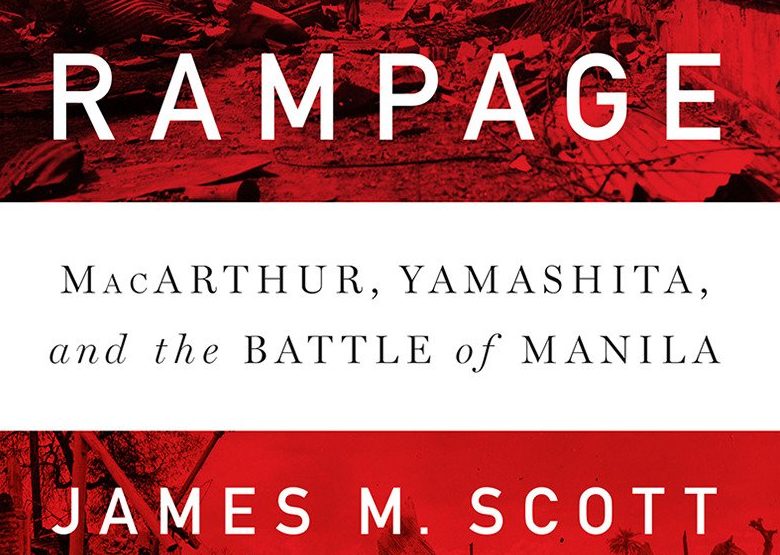
There are times when the books you must read are those which are the most impossible to read. This is not because they are badly written, for often these are the most powerful most beautifully written books. It is because of what they are about. They are about lives and deaths—and the war fought in between—sometimes so close to home they permanently scar you.
Such is the case with “Rampage: MacArthur, Yamashita, and the Battle of Manila” by James M. Scott (W.W. Norton & Company, New York, 2018, New York, 634 pages). Scott is a war history writer with three prior books, including 2015’s “Target Tokyo,” a finalist for the Pulitzer Prize for History. As the title says, “Rampage” is about the Battle of Manila, which occurred over 29 days in 1945, but was more difficult than expected. The Americans arrive in Manila on page 138 but do not accomplish their mission until page 419.Books about war are as much about correct decisions as they are about wrong ones—all of them fateful. “Rampage” hinges on three such decisions.
The two generals whose names are in the title are inextricably linked to the battle. Thus “Rampage” includes portraits of both men—the egotistical but devoted Douglas MacArthur and the creative but doomed Tomoyuki Yamashita. “Rampage” begins with an electrifying sequence in 1942 as MacArthur escapes a besieged Corregidor (“I shall return”) and spends the next years agitating to liberate Manila while Yamashita overcomes professional politics to conquer Southeast Asia and becomes the infamous “Tiger of Malaya.”

“Rampage” provides a capsule history of Manila, which Scott repeatedly refers to romantically as the Pearl of the Orient, notably describing a vibrant, promising outpost of American colonization right before the war.
Nightmare
Once the Japanese occupy Manila, the Filipinos there begin a nightmare spiral that starts slowly and subtly but abruptly lurches into overdrive in 1945. “Rampage” reveals that United States President Franklin D. Roosevelt had wanted the US armed forces to skip the Philippines to move to Formosa in order to quickly advance on Japan, but MacArthur insisted vigorously on liberating the Philippines first—which to MacArthur meant Manila. Here is the first fateful decision, followed by a second one. MacArthur believes Manila will be abandoned by the Japanese and starts planning a victory parade down Dewey Boulevard. Then we get to the third decision: Yamashita decides that the Japanese soldiers in Manila will delay the Americans at all costs.
At the University of Santo Tomas, thousands of internees are starving to death. Outside its walls, Filipinos live and die by the capricious nature of Japanese soldiers. But the Americans are taken by surprise by an unimaginably fortified city. The Americans arrive in Manila on Feb. 3 and MacArthur even makes a premature announcement that Manila has fallen. But Manila would not truly fall until March 3.
But it was truly terrible for the Filipinos. Scott describes the worst-case scenario, “a battle between two of the world’s most powerful armies,” with artillery from both sides leveling buildings. Then the Japanese start essentially eradicating the Filipinos, “issuing precise instructions on how best to eliminate civilians.”
According to Scott, Feb. 9 “was the day the true evil began.” The Japanese killed men, women and children of all nationalities save their own, looted and raped, bayoneted infants, massacred hospital patients and clergy in churches. This is the tale told by our parents and grandparents, those who survived the atrocities. Scott puts them on the page for all to see in powerful prose. He exhaustively researches the most minute details (for example, US forces expended exactly 27,680 105mm shells) through documents, maps and photographs.

Most heartbreakingly, he presents the horrors done to the victims of the Battle of Manila through their own first-person accounts—he decided on copious direct first-person quotations because he believes paraphrasing would undermine the witnesses’ experiences. Scott writes “Rampage” as military operations chronicle and horror story.
The book ends with the war crimes trial, and an epilogue that notes how the battle left Manila forever changed, with more than 100,000 dead and a virtually unrecognizable landscape. At this point, it is clear why the Battle of Manila should be considered one of the worst wartime atrocities, up there with the Rape of Nanking, even though it has not been written about as much or as heavily documented.
A masterpiece of terror and precision that Filipinos will find very difficult—but necessary—reading, “Rampage,” which has been named Best Book of the Year by Amazon, Kirkus Reviews and Military Times, is the definitive chronicle of the Battle of Manila and testament to how Scott is a wartime storyteller of the same caliber as Stephen Ambrose and Cornelius Ryan.
“There was little doubt that in the end America would win,” Scott writes. “MacArthur had more soldiers and superior firepower. The question that now framed the battle was how much would victory cost? How many civilians would die by Japanese blade and American shellfire? How much of the Pearl of the Orient would be destroyed?” INQ
Available in paperback from National Book Store and digital from Amazon.com.











































